Cow farming, often perceived merely as an agricultural pursuit aimed at dairy and meat production, stands as a bedrock for the sustainable agriculture movement today. This age-old practice, when integrated with modern sustainability principles, offers a promising pathway to mitigating some of the most pressing environmental issues, including greenhouse gases and air pollution. By harnessing the full cycle of cow farming, from pasture management to manure utilization, the agriculture sector can embody a more eco-friendly approach, addressing concerns over resource depletion and environmental degradation.
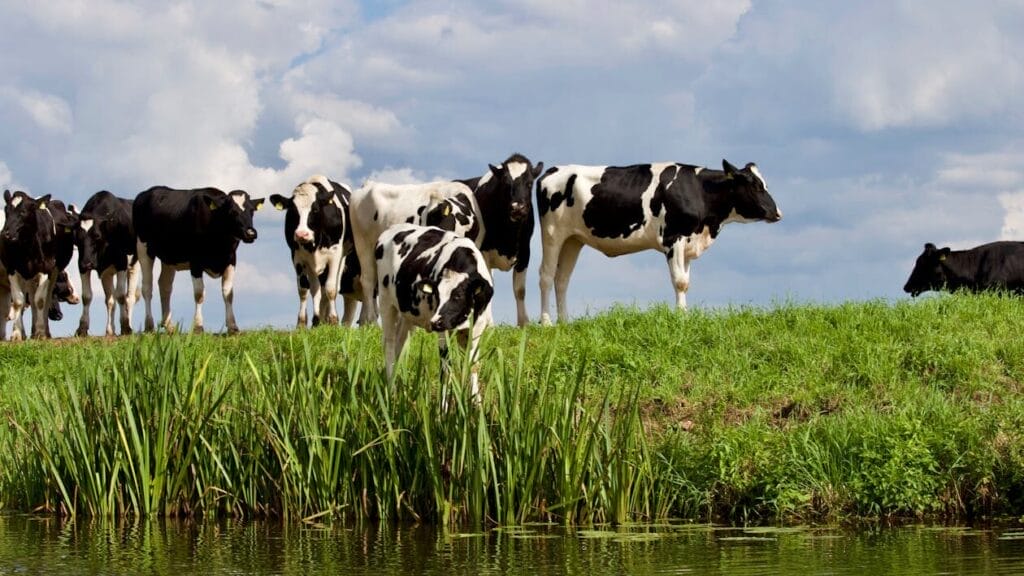
The article unfolds a comprehensive exploration of cow-based farming, starting from the basics, moving through its numerous benefits that extend beyond just food production to include energy conservation and waste reduction through composts and improved irrigation techniques. Delving into the practical applications of cow farming in sustainable agriculture, it highlights how this practice contributes to soil health, water conservation, and overall ecosystem resilience. Through success stories and case studies, the text elucidates the transformative potential of cow farming in fostering a sustainable agricultural landscape, underlining its pivotal role in farming communities around the globe.
The Basics of Cow Farming
What is Cow Farming?
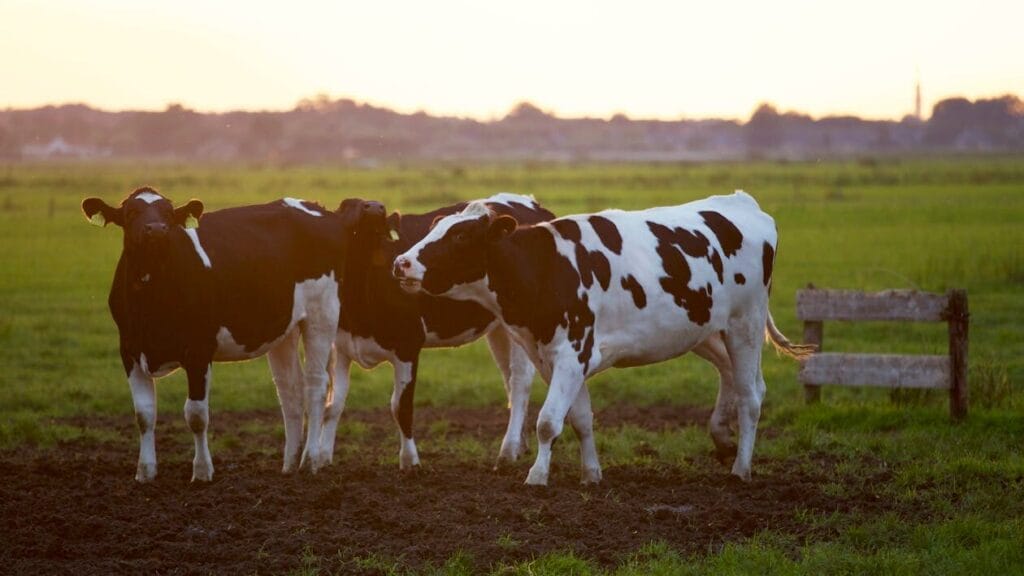
Cow-based Natural Farming (CBNF) is an agricultural practice that dates back to traditional Indian methods, emphasizing the use of cattle from birth to death. This method includes utilizing cow compost as a natural fertilizer, which plays a crucial role in maintaining soil fertility and promoting sustainable farming practices. CBNF is not only cost-effective but also easily adaptable, making it a beneficial approach for farmers looking to reduce reliance on chemical fertilizers and enhance environmental sustainability.
Historical Context and Traditional Practices of Cow Farming
Historically, cows have been revered in many cultures, particularly in Indian civilization, where they are considered mother goddesses. The practice of cow worship and the use of cow products have been integral to agricultural and daily life, contributing to the cultural fabric of rural households across India. Cow dung, often referred to as ‘Gobar,’ has been used traditionally as an anti-pollutant and for covering floors and walls of houses, providing a natural way to maintain cleanliness and promote health.
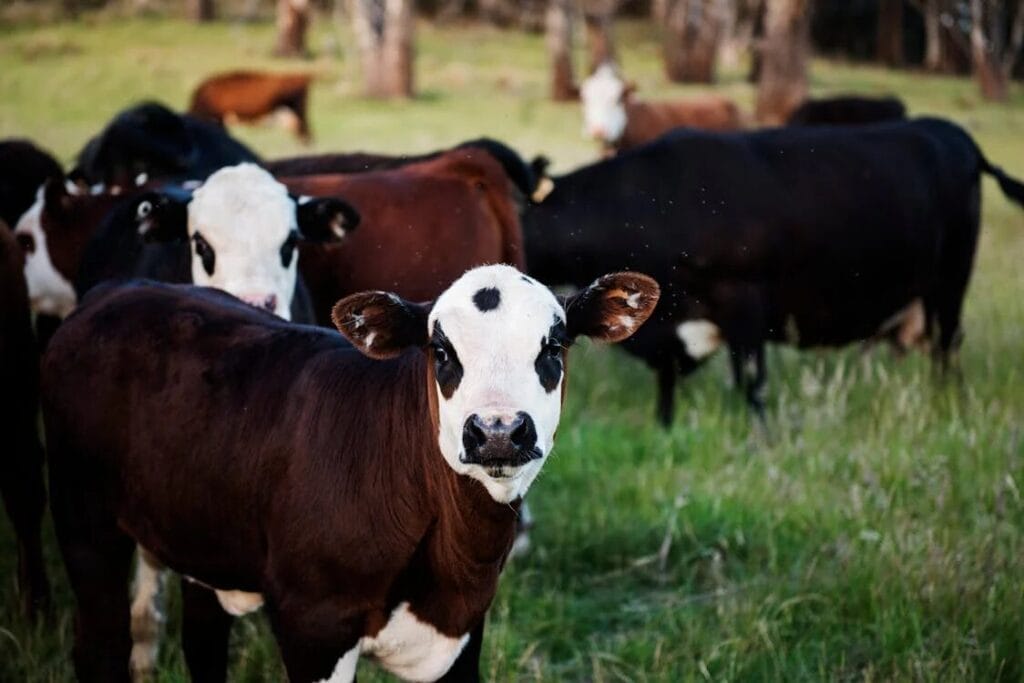
In terms of agricultural evolution, the shift from pasture-based systems to indoor production marked a significant change in dairy farming. Initially, cattle were mostly reared on pastures, and milking was done by hand. Over time, technological advancements and the need to increase farm efficiency led to the development of indoor farming practices, which allow for greater control over nutrition and reproductive management. However, regions with suitable climates, such as New Zealand and Ireland, still maintain strong pasture-based dairy farming systems.
Cow-based farming not only supports the conservation of resources like water and soil but also encourages the use of indigenous cattle breeds, which are known for their resilience and suitability to local environmental conditions. The use of cow dung and urine in preparations like ‘Panchagavya’ and ‘Jeevamrit’ highlights the sustainable practices embedded in traditional farming, which are now being recognized and revived in modern agricultural practices.
Cow Farming Benefits & Practices
Environmental Benefits
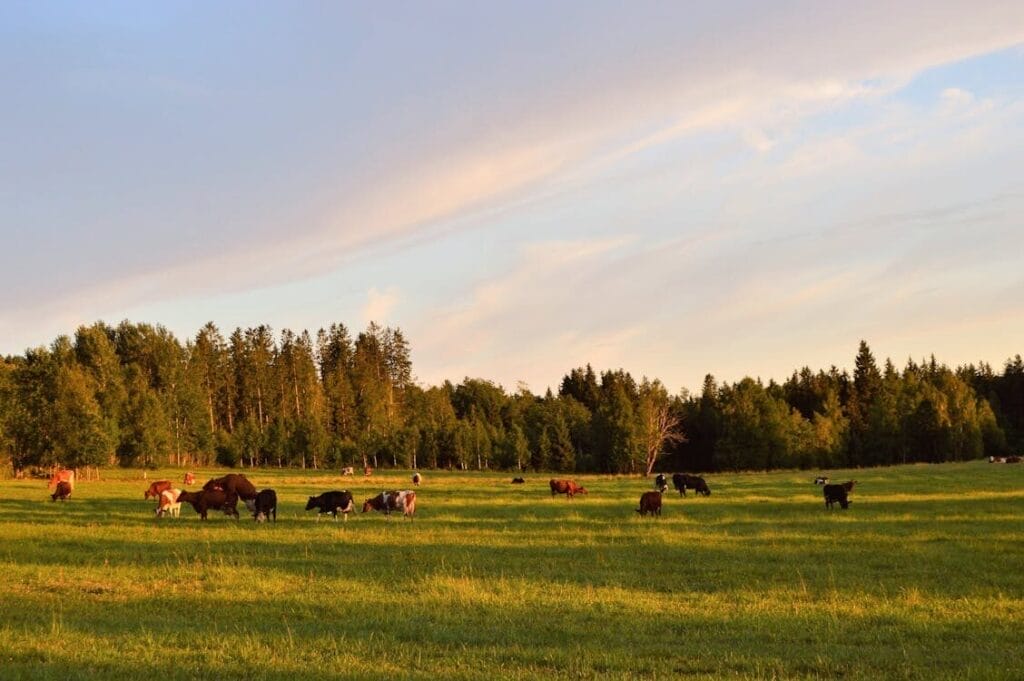
Cow-based farming practices contribute significantly to environmental stewardship. The use of cow dung and urine as natural fertilizers not only enhances soil health but also reduces the dependency on chemical inputs, thereby promoting organic farming. Moreover, these practices support biodiversity by maintaining soil fertility and enabling healthier crop yields. Regenerative agriculture techniques, where cattle graze on grasslands, help in carbon sequestration and improve the soil’s water retention capabilities, which is crucial for sustainable land management.
Economic Benefits

Cattle farming serves as a vital source of income and employment, particularly in rural settings. In regions like Asia and sub-Saharan Africa, a significant portion of the population relies on cattle for their livelihood, underscoring the economic importance of this sector. The production of cow-based products such as milk, meat, and leather also contributes to the economic stability of many communities. Additionally, the integration of livestock and crop farming can enhance productivity and profitability through the efficient use of resources like animal waste for crop fertilization.
Health and Nutritional Benefits

Products derived from cows, such as milk, ghee, and yogurt, are rich in essential nutrients like calcium, proteins, and vitamins, which are crucial for human health. The presence of omega-3 fatty acids in grass-fed milk and meat offers additional health benefits, including anti-inflammatory properties and support for cardiovascular health. Furthermore, traditional uses of cow products in Ayurvedic medicine highlight their therapeutic potential, offering holistic health benefits that have been recognized for centuries.
Cow Farming: Practical Applications in Sustainable Agriculture
Cow Dung and Urine as Fertilizers
- Preparation of Microbial Fertilizer: Farmers can create an effective microbial fertilizer using cow dung and urine. This involves mixing cow dung, cow urine, molasses, and flour in a drum and allowing it to ferment for five days.
- Application Techniques: Before applying the microbial fertilizer to crops, it is essential to dilute it. A recommended dilution rate is one to two hundred, ensuring the nutrients are adequately spread over the crops during various growth stages.
Success Stories and Case Studies
Farmers Adopting Cow-based Farming
- Granducato Cooperative: Located in northern Tuscany, this cooperative of dairy cattle farms utilizes a disciplinary approach for mitigating greenhouse gas emissions and improving the nutritional quality of milk. The environmental impact of their supply chain is certified by the Environmental Product Declaration (EPD) system.
- Pasture for Life Association (PFLA): Operating across the UK, PFLA certifies and runs research forums for member farms, focusing on 100% pasture-fed, regenerative cattle farming techniques.
- Cross-Breeding Practices: Some dairy farmers are enhancing dairy production by cross-breeding Holstein with other dairy breeds, improving reproduction and health in dairy cows.
- Organic Livestock Integration: In Denmark, a network of organic livestock farmers integrates trees with livestock to promote animal welfare, biodiversity, and carbon sequestration.
Conclusion
Throughout this exploration of cow-based farming and its profound contribution to sustainable agriculture, it’s clear that integrating traditional practices with modern sustainability principles offers a viable path forward. From enhancing soil fertility and promoting biodiversity to ensuring economic viability for farming communities, the benefits of such practices are manifold. The success stories and case studies highlight the transformative potential of cow farming in fostering not only an environmentally sustainable landscape but also in enhancing the welfare and livelihood of communities worldwide. The article has navigated through the myriad advantages, from environmental to health benefits, underscoring the pivotal role of cow farming in the sustainable agriculture narrative.
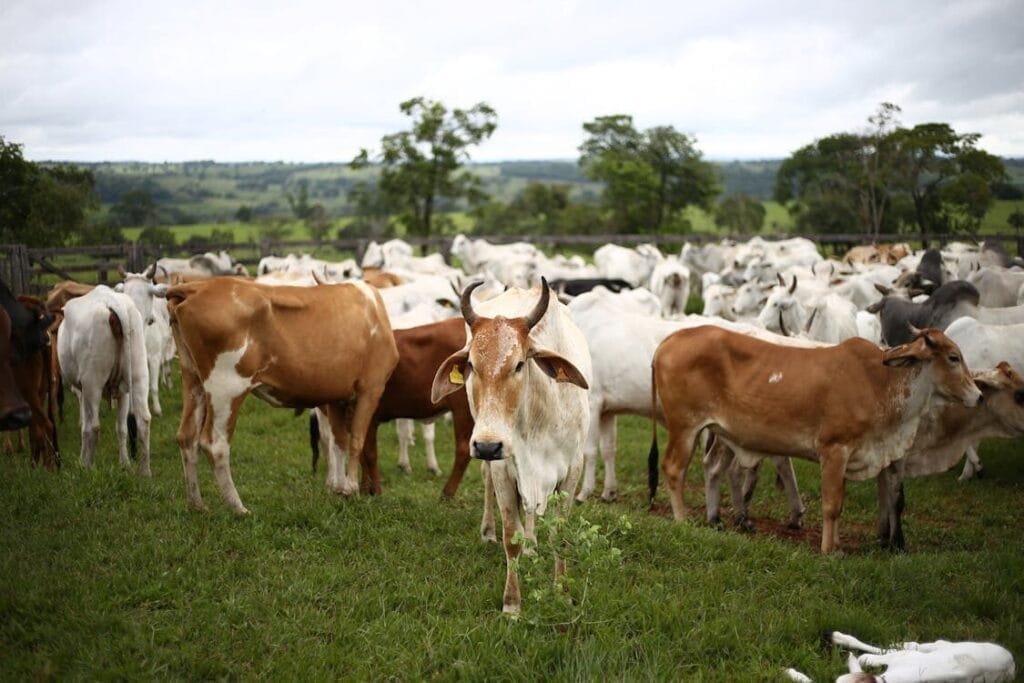
As we reflect on the significance of cow-based farming, it becomes evident that this practice is not just about agricultural productivity but about a holistic approach to farming that respects the environment and supports human well-being. The implications of adopting such methods extend far beyond immediate agricultural outputs, promising a future where farming not only feeds the world but also heals it. The call to action is clear: further research and adoption of sustainable cow-based farming practices are essential for the health of our planet and future generations. This journey through cow-based farming, with its rich history and innovative applications, underscores the urgent need for a collective move towards more sustainable agricultural practices.
FAQs
1. What is the significance of cows in agricultural practices?
Cows play a crucial role in agriculture through natural processes. As oxen plow fields, they simultaneously fertilize the soil with their waste, enriching it without the need for chemical fertilizers. This natural fertilization includes organic manure, green leaf manure, and other beneficial substances that enhance soil fertility and maintain ecological balance.
2. How do cattle contribute to environmental sustainability?
Cattle grazing has a positive impact on the environment. Their hooves naturally till the soil, allowing seeds from surrounding vegetation to embed and grow. Additionally, cow manure serves as a natural fertilizer, promoting the health of grasslands which act as significant carbon sinks. For instance, a ranch in Texas managed by Meredith Ellis successfully sequesters 2,500 tons of carbon annually, even after accounting for emissions from the cattle.
3. Why is it essential to adopt sustainable agricultural practices today?
Sustainable agriculture is vital due to its role in conserving the environment and reducing pollution. By embracing sustainable methods, farmers decrease their dependence on nonrenewable energy sources and chemical inputs, conserving water and other scarce resources. This approach is especially important given the increasing global population and the corresponding rise in food demand.
4. What are the effects of sustainable farming on the agricultural sector?
Implementing sustainable farming techniques significantly benefits agriculture by mitigating climate change through reduced emissions and enhanced soil health. These practices also increase agricultural productivity by improving soil quality and enabling carbon sequestration, thus contributing positively to the agricultural ecosystem.











